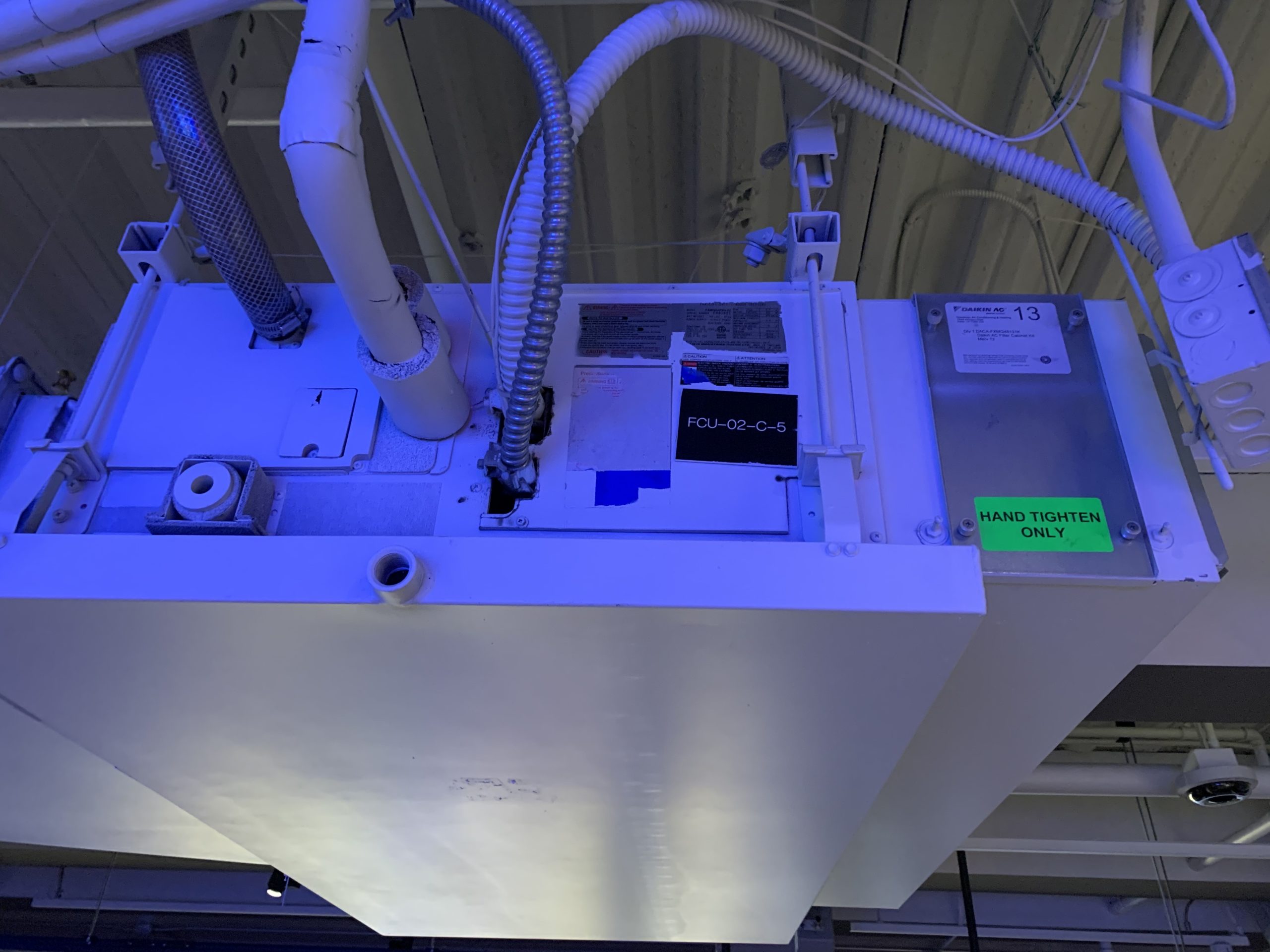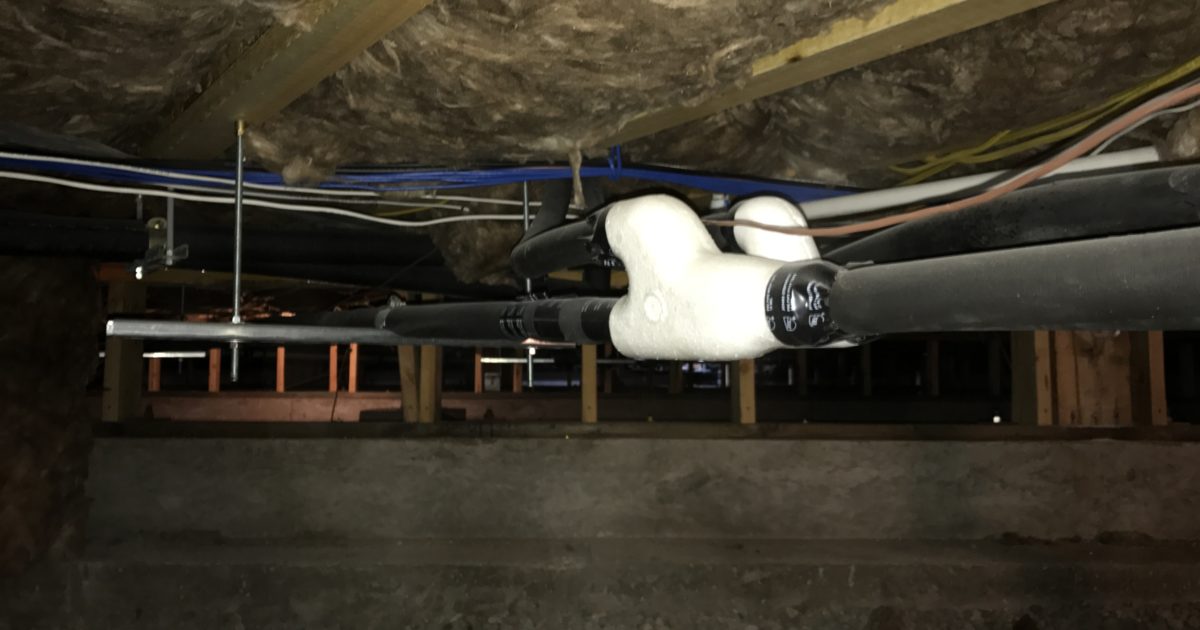This post originally appeared as an issue on my newsletter. If you’d like to get early access to my posts, please consider subscribing.
I was catching up with an old colleague of mine who works in the cooling tower business and knowing that I was in the heat pump and VRF world, he asked, “Are these heat pumps really going to take over?”
His question was both surprising and unsurprising.
Surprising in that he asked that question in the first place. Unsurprising since his livelihood was based off the hydronic side of the HVAC business.
I know the stereotypical salesperson answer would be “Of course they are!These things are more efficient, take up less space, they’re less complex. You don’t have to deal with huge chillers, cooling towers, pumps, and piping!”
My answer?
I said no.
In reality, heat pumps and VRF are just another tool in the tool box for addressing building comfort. Some applications make sense for heat pumps and VRF. Dorms, hotels, office buildings, retrofits would all make good applications for heat pumps and VRF.
But some applications make sense to go with another method, whether its simple RTUs, evap coolers, or a traditional chiller/boiler/AHU/cooling tower set up. It really depends on the application.
In today’s world, I think honesty vs. the hard sell goes further. Sometimes the hard sell is necessary to get to the finish line, but I think you get a lot closer to that line with a more nuanced approach. I think customers appreciate the honesty even if it doesn’t work in your favor. Even if you don’t get that job now, your customer will remember your honesty on future projects.













